Philips Lighting and American Tower Company together hope to make waves with the “smart pole” IoT (Internet of Things) partnership they formed last September, so it seemed fitting this week when the first customer they announced was the hang-ten haven popularly known as Surf City, USA.
The two companies said southern California’s City of Huntington Beach will install a number of the newly named Smart Fusion Poles, probably along the city’s coastal highway (the famous Highway 1) and in its lively downtown area of shops, cafes, restaurants, and bars.
The Smart Fusion Pole in principle combines LED street lighting with hidden antennas for 4G and 5G cellular services. The pole can also house smart-city sensors that detect things like traffic conditions, parking spaces, and air quality, all connected to central information points and the cloud for distribution to end users including individuals, the city, and others in an IoT scheme.
Emphasizing the cellular networking aspect of the partnership, the two companies made the announcement at the Mobile World Congress, the annual mega gathering of the mobile industry in Barcelona.
A Philips and American Tower spokesperson told LEDs Magazine that the city has not yet committed to a date to start installing the poles. The agreement gives Philips and American Tower the rights to as many as 200 existing street-light locations, but that does not mean that the city will install 200 new poles. And the current agreement does not include any smart city sensors, although they can be added later.
![Smart poling USA: In Huntington Beach, Philips and American Tower hope to ride the wave of IoT lighting with a partnership that combines smart LED lighting with cellular communications into a smart pole like the example shown here. [Photo credit: American Tower press materials.] Smart poling USA: In Huntington Beach, Philips and American Tower hope to ride the wave of IoT lighting with a partnership that combines smart LED lighting with cellular communications into a smart pole like the example shown here. [Photo credit: American Tower press materials.]](https://aemstatic-ww2.azureedge.net/content/dam/leds/onlinearticles/2018/02/ledsphilipsnews022818.jpg)
Smart poling USA: In Huntington Beach, Philips and American Tower hope to ride the wave of IoT lighting with a partnership that combines smart LED lighting with cellular communications into a smart pole like the example shown here. [Photo credit: American Tower press materials.]
Boston-based American Tower owns the poles, and will lease out antenna space to mobile network operators. Advanced networks such as 5G should further help distribute information gathered by any eventual sensors, and could also provide the wireless conduit for lighting control and maintenance.
Notably, the Huntington Beach arrangement does not presently call for CityTouch, the wireless remote management system that Philips has deployed in some 1000 locations including Los Angeles, tapping cellular networks. Philips will provide its Hadco and Lumec luminaires.
Fine print of the Huntington Beach deal aside, Mayor Mike Posey has a lively vision for the smart pole technology, emphasizing the potential for innovative data uses as well as the aesthetics of a design that hides away the antennas.
“We want to be a leader in smart city initiatives to provide residents, businesses, and visitors a better city experience and quality of life,” Posey said. “Equally important is the ability to maintain the aesthetics of this beautiful seaside city I call home. That’s why I am excited about the Smart Fusion Pole; it provides the connectivity required for our smart city initiatives without sacrificing the beauty and vista of our city.”
Nearly two years ago, Strategies Unlimited analyst Shonika Vijay wrote that cellular networks posed an intriguing way to boost the acceptance of smart city applications. And as recently as last September, LEDs opined that the real potential for combining smart outdoor lighting and cellular services could come when 5G supplants 4G and offers the next step up in wireless broadband services. Some lighting industry enthusiasts believe that the emergence of 5G — anticipated around 2020 — will drive street lighting forward as the true backbone of smart city services. That’s why lighting companies such as Finland’s Helvar are participating in 5G trials.
Philips/American Tower told LEDs that the exact location of the installations “will be determined pending the network needs of the mobile network operator as well as local residents and businesses in Huntington Beach.”
Huntington Beach, which is between Los Angeles and San Diego, won trademark rights to the Surf City, USA moniker in 2008 in a legal dispute with Santa Cruz, CA.
MARK HALPER is a contributing editor for LEDs Magazine, and an energy, technology, and business journalist (markhalper@aol.com).
Published on:February 28, 2018



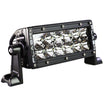
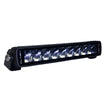
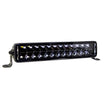
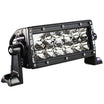
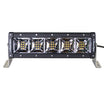
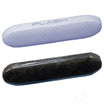
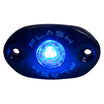
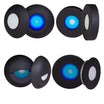
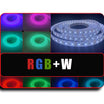
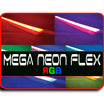
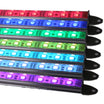

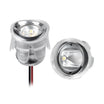
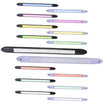

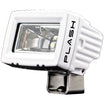
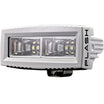
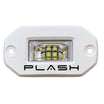
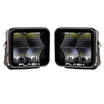
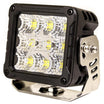
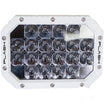
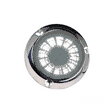
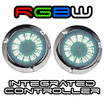
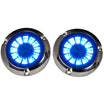
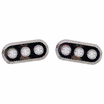
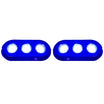
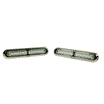
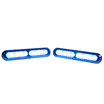
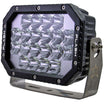

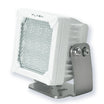
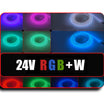

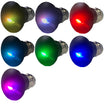

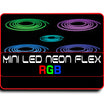
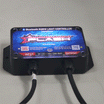
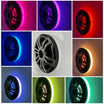
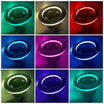
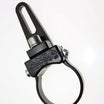
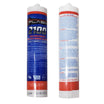
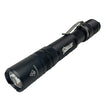
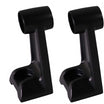
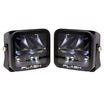
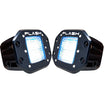
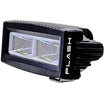
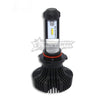

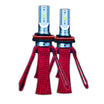
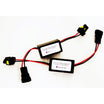
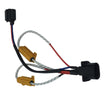
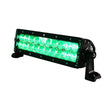
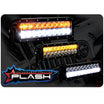
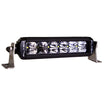
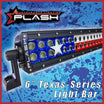
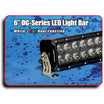
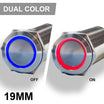
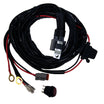
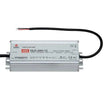

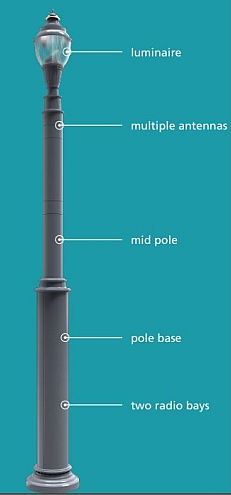
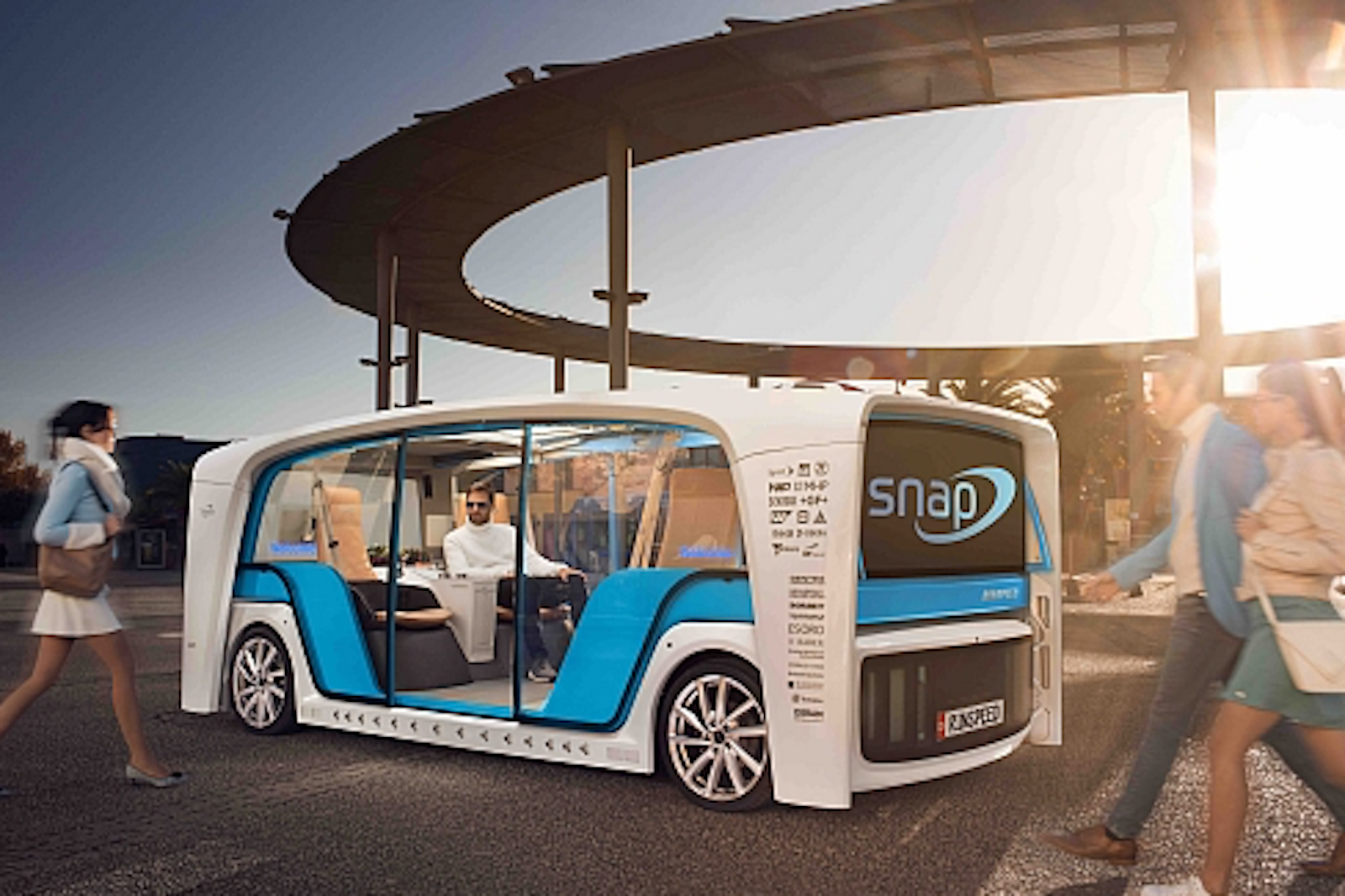
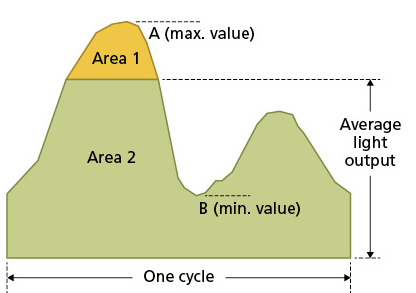
Leave a comment
This site is protected by hCaptcha and the hCaptcha Privacy Policy and Terms of Service apply.